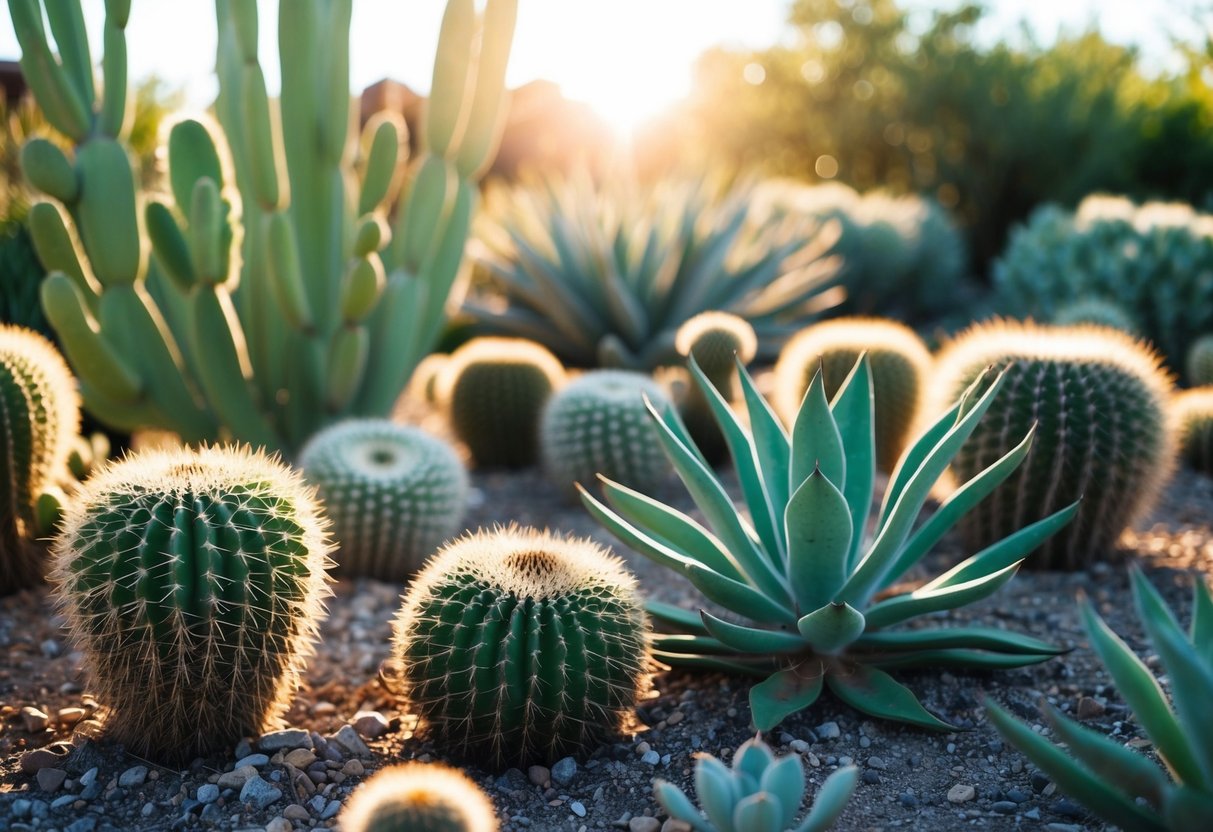
Gardening enthusiasts seeking sustainable solutions are increasingly turning to drought-resistant plants. These plants are not only resilient but also contribute significantly to water conservation. Choosing the right drought-resistant plants enhances your garden’s durability while reducing water usage. This practice aligns with sustainable gardening, which is essential in regions facing frequent drought conditions.
Incorporating drought-resistant species allows gardeners to maintain vibrant landscapes without the stress of constant watering. Native plants, succulents, and certain perennials are excellent choices for those looking to adapt their gardening practices. These options thrive in dry conditions, offering beauty and ecological benefits while minimizing water reliance.
By curating a garden with these species, individuals can enjoy a flourishing outdoor space that supports local ecosystems. This approach not only helps in conserving water but also ensures a garden that’s easier to maintain throughout the year.
Understanding Drought-Resistant Gardening
Drought-resistant gardening focuses on using plant species that require minimal water, making it both environmentally sustainable and cost-effective. This approach is vital for areas with limited water resources and aims to create a beautiful, thriving garden even under dry conditions.
The Principles of Xeriscaping
Xeriscaping is a method that emphasizes water conservation through creative landscape design. It involves selecting plants that naturally thrive in arid conditions, minimizing grass lawns, and optimizing soil quality with amendments.
This technique employs efficient irrigation methods like drip or soaker systems to reduce water usage. Mulching is often applied to maintain soil moisture and prevent erosion.
By tailoring plant choices and landscaping tactics to the local climate, gardeners can achieve a visually appealing environment with reduced reliance on irrigation. The use of native or adaptable species further enhances resilience, as these plants are naturally suited to the region’s climate and conditions.
Benefits of Water-Wise Gardening
Water-wise gardening presents several advantages, including reduced water bills and lower maintenance efforts. By prioritizing drought-tolerant plants, gardens can endure dry spells without frequent watering. This not only conserves water resources but also promotes biodiversity.
Moreover, such gardening practices help in creating microclimates that support diverse wildlife, encouraging a more balanced ecosystem. They provide habitat for pollinators like bees and butterflies, essential for plant reproduction.
The economic benefits are notable as well. Landscapes designed for minimal water use cut down on costs associated with irrigation and maintenance, making them an attractive choice for both homeowners and communities striving for sustainability.
Choosing the Right Soil and Mulch
Creating a drought-resistant garden starts with understanding the critical importance of soil quality and effective mulch to retain moisture. These elements work together to support plant health and conserve water.
Soil Preparation for Dry Climates
Selecting soils suitable for dry climates is vital. Well-drained soil is essential, as it helps prevent water from pooling. Sandy soil is often favored in such regions because it naturally allows excess water to escape, reducing the risk of root rot. However, sand may need amendments to boost nutrient availability. Incorporating organic matter, such as compost or well-rotted manure, can significantly enhance the soil’s fertility and texture. This addition improves its ability to retain moisture while still maintaining drainage properties.
A balanced pH level is also important, as it ensures nutrients are accessible to plants. Testing the soil can identify the need for lime or sulfur to adjust acidity or alkalinity. By fostering a well-balanced soil environment, plants are more likely to thrive under dry conditions.